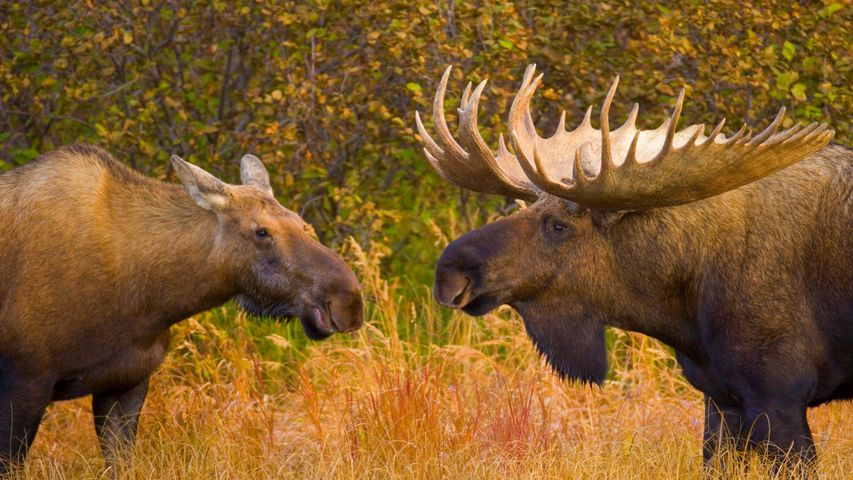An ichthyosaur fossil of the Jurassic period, Dinosaurland Fossil Museum, Lyme Regis, Dorset, England
© Christopher Jones/Alam
Celebrating a young girl's age-old discovery
When 12-year-old Mary Anning uncovered the complete skeleton of a fish-like creature near her home on England's southern coast in 1811, extinction was a shaky idea in science. Fossils were nothing new—everything dies and leaves remains, after all. But could an entire species really die off? Were more of these 17-foot sea monsters lurking in the depths of the English Channel?
The fact that ichthyosaurs like this went extinct 90 million years ago seems obvious today (which, by the way, is National Fossil Day). But though such definite answers were still only suspicions during Mary Anning's lifetime, she persisted with paleontology. Her prolific fossil discoveries fueled both public interest and scientific understanding. Anning later discovered the plesiosaur at age 24 and the first-known pterodactyl skeleton found outside Germany at 27. Though she died young at 47, largely denied recognition as a woman in Victorian society, her influence endures like the fossils that fascinated her.
Related Images
Today on Bing

Courtyard of the Maidens, Alcázar of Seville, Spain

Vieste on the Gargano peninsula, Apulia, Italy
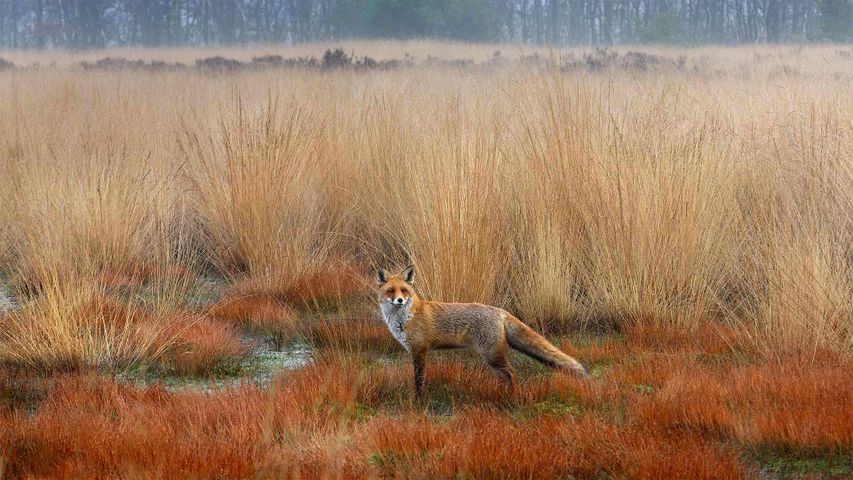
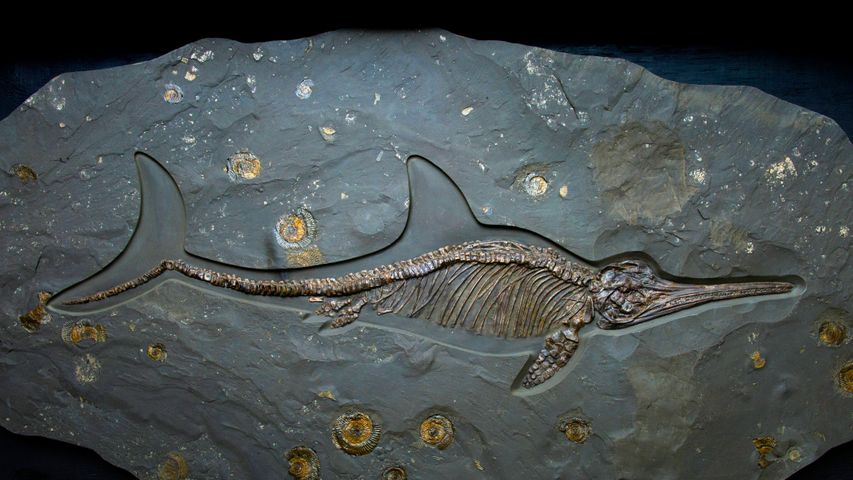
 Striated heron on a Victoria water lily, Pantanal, Brazil
Striated heron on a Victoria water lily, Pantanal, Brazil
 Impala with red-billed oxpecker in Moremi Game Reserve, Botswana
Impala with red-billed oxpecker in Moremi Game Reserve, Botswana
 Magellanic penguins, Volunteer Point, Falkland Islands
Magellanic penguins, Volunteer Point, Falkland Islands
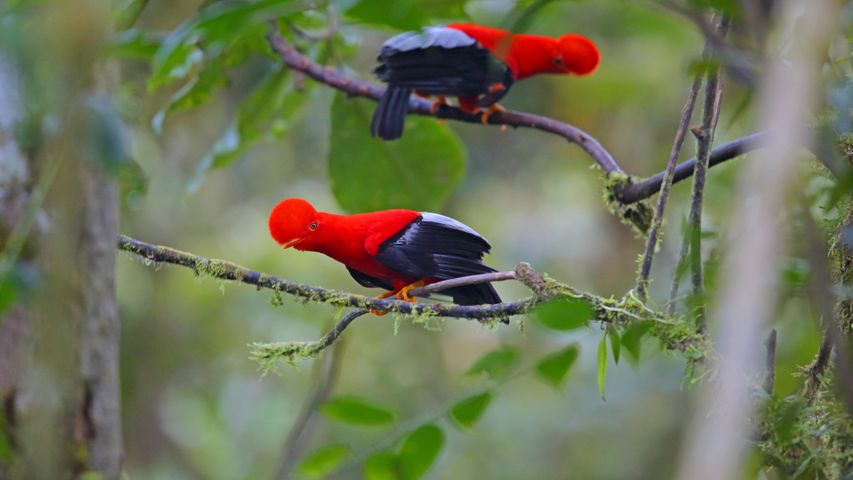 Andean cocks-of-the-rock, Ecuador
Andean cocks-of-the-rock, Ecuador
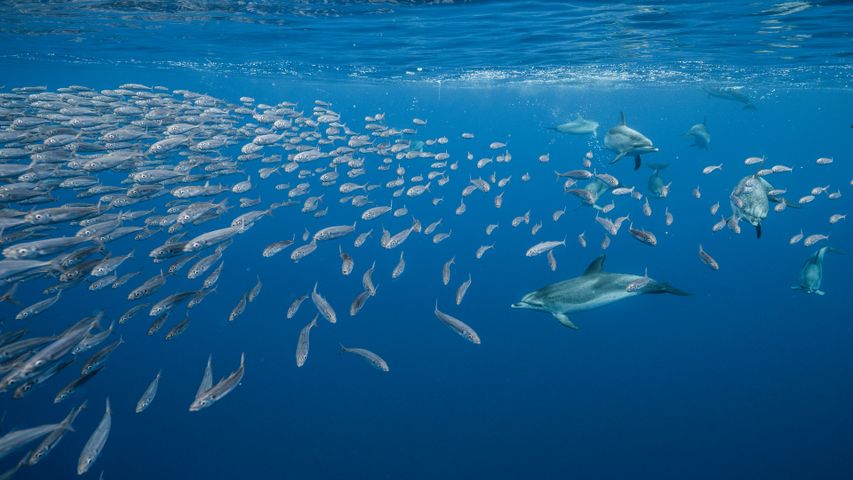 Atlantic spotted dolphins near Santa Maria Island, Azores, Portugal
Atlantic spotted dolphins near Santa Maria Island, Azores, Portugal
 Red fox cubs near their den
Red fox cubs near their den
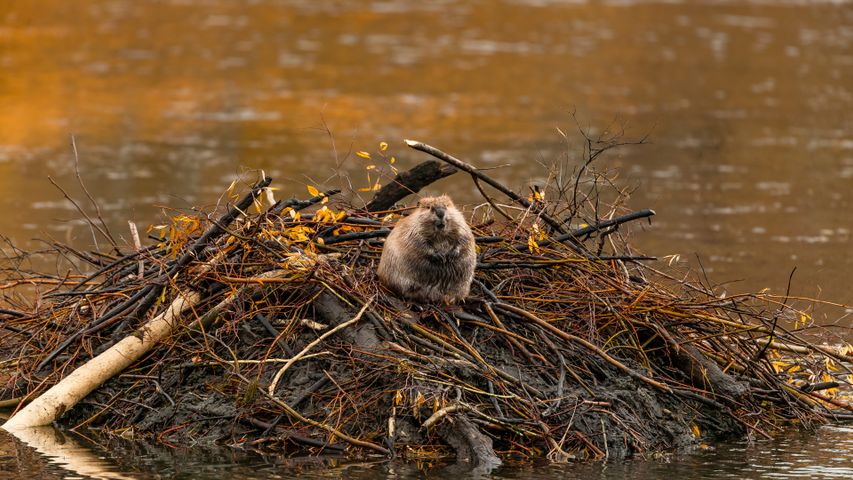 North American beaver, Moran, Wyoming
North American beaver, Moran, Wyoming
 Tree frog, Costa Rica
Tree frog, Costa Rica
